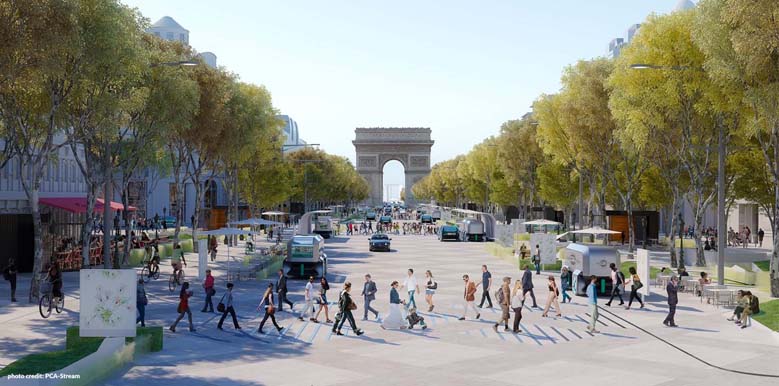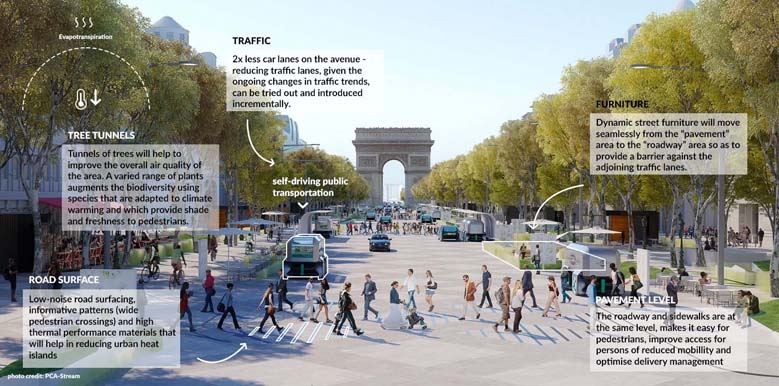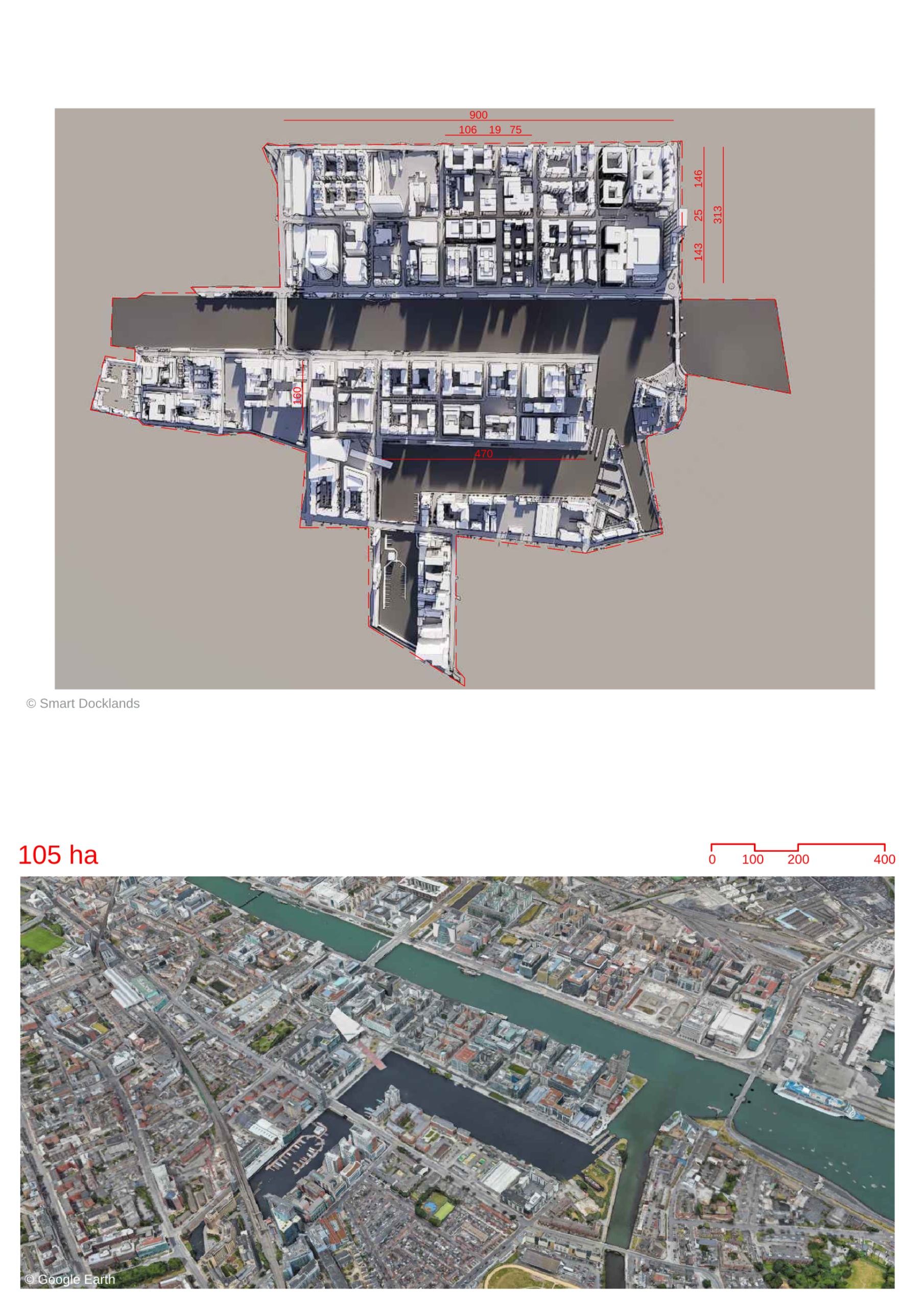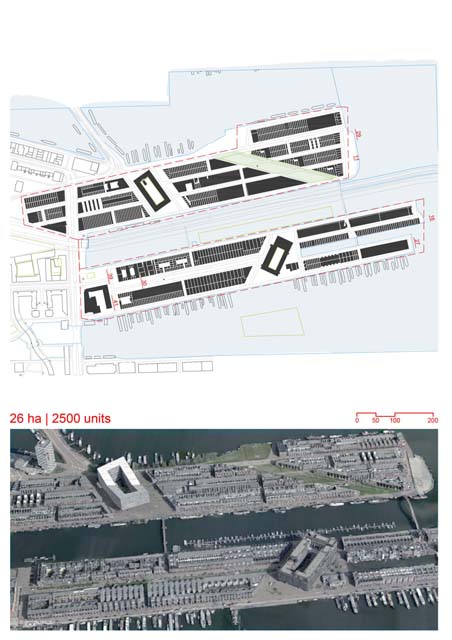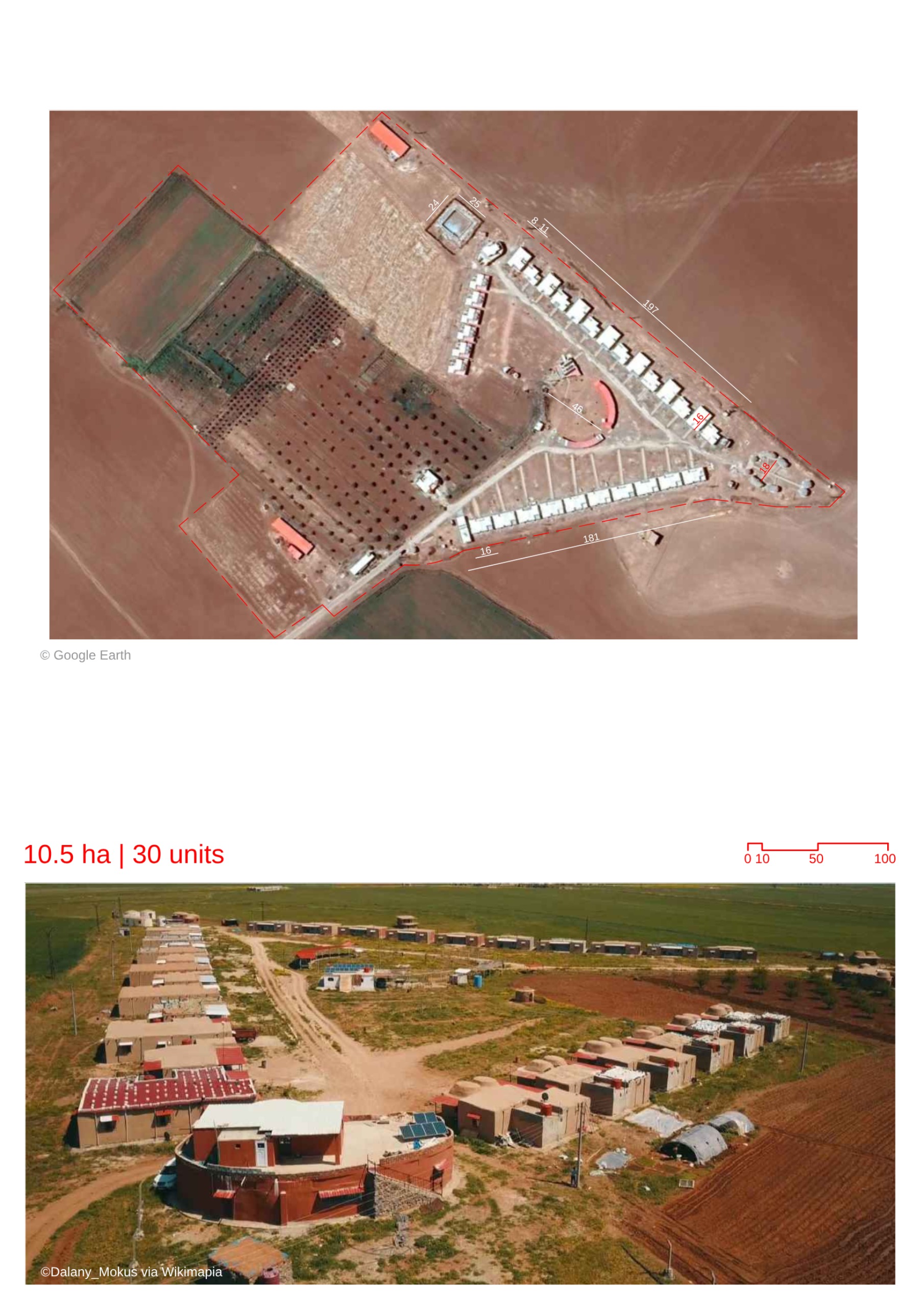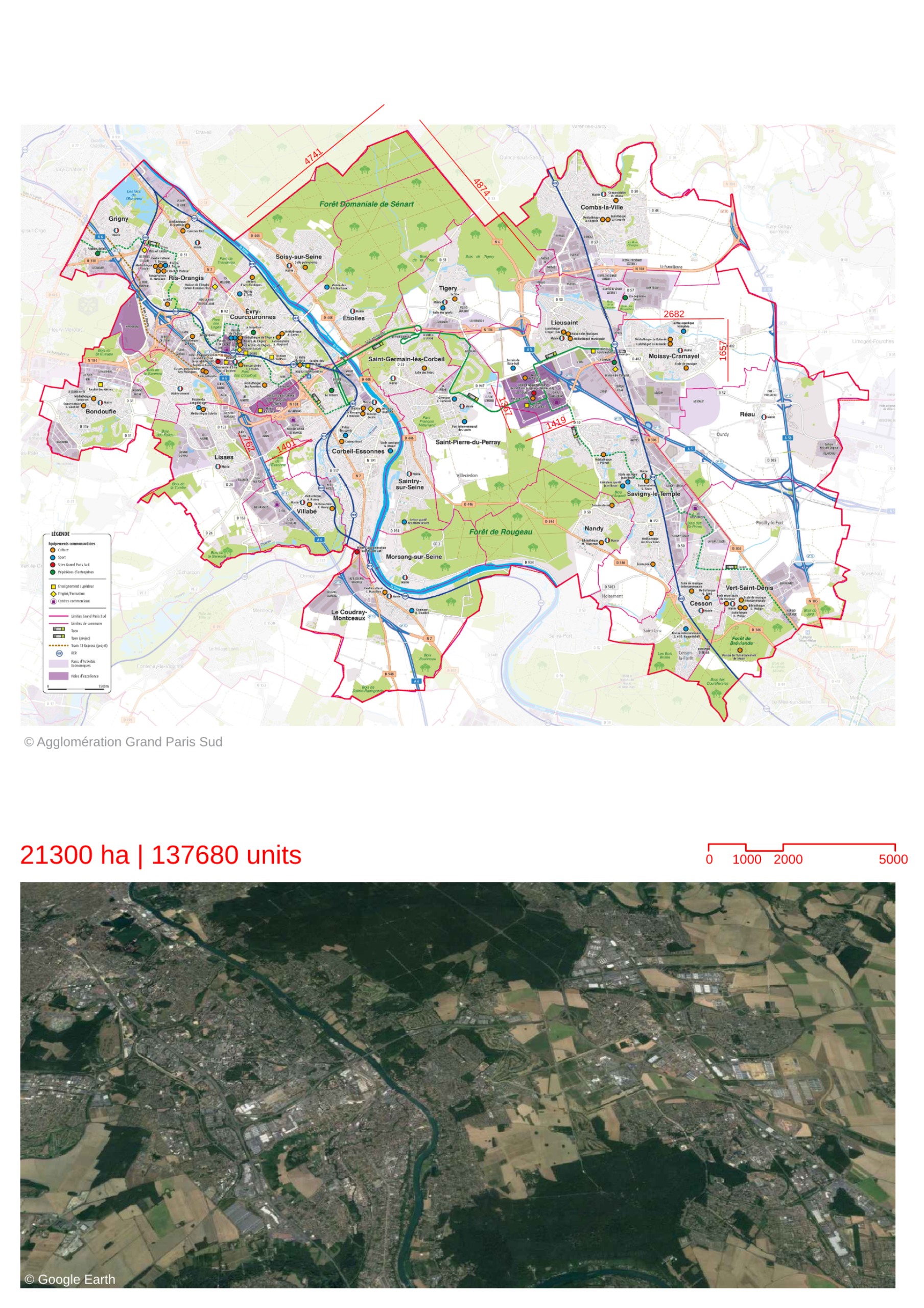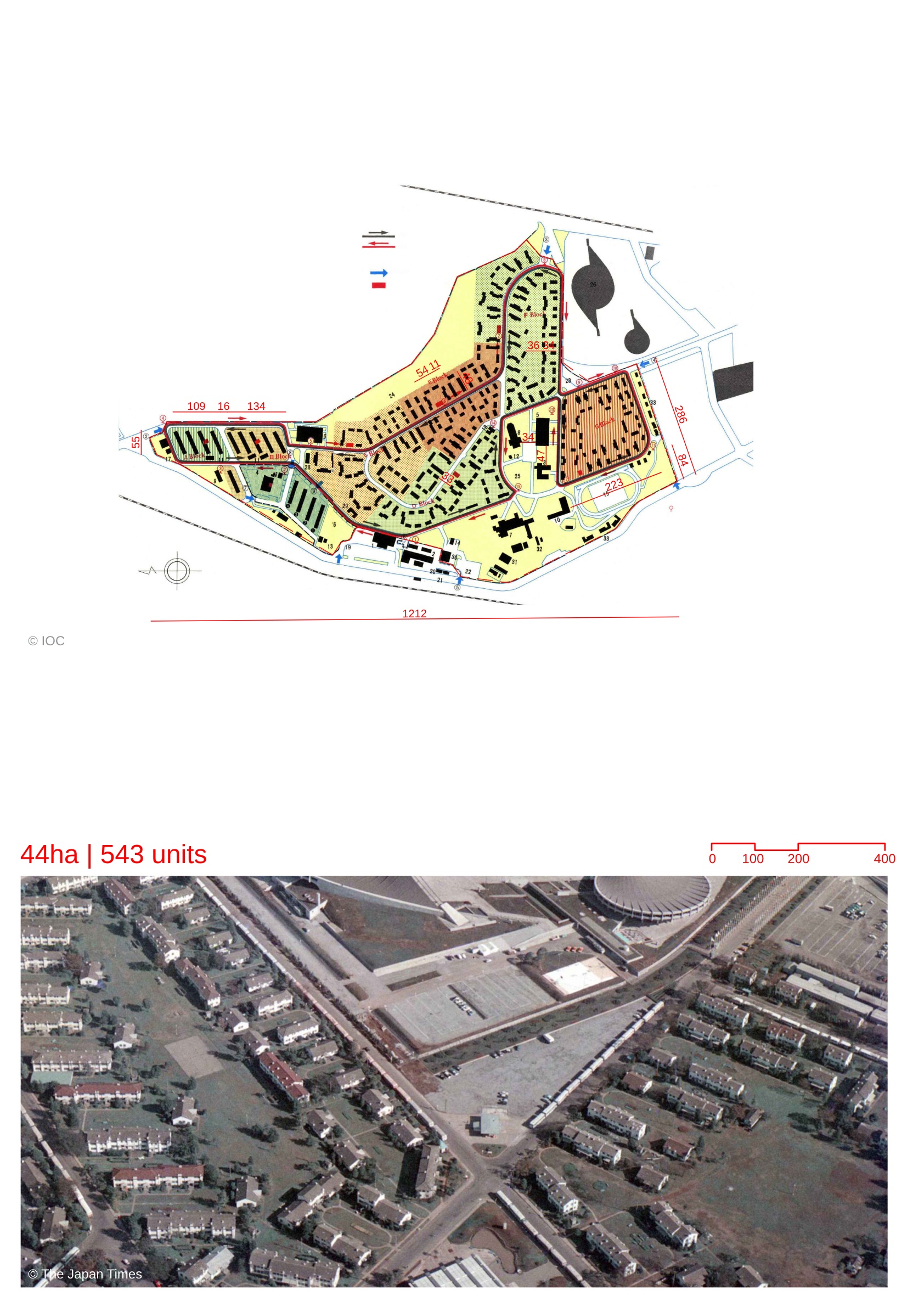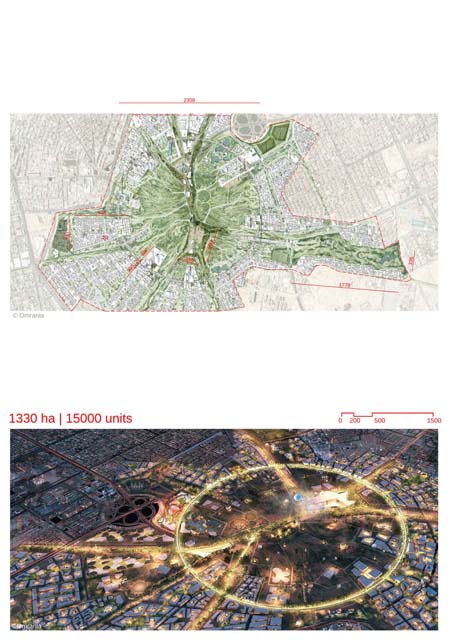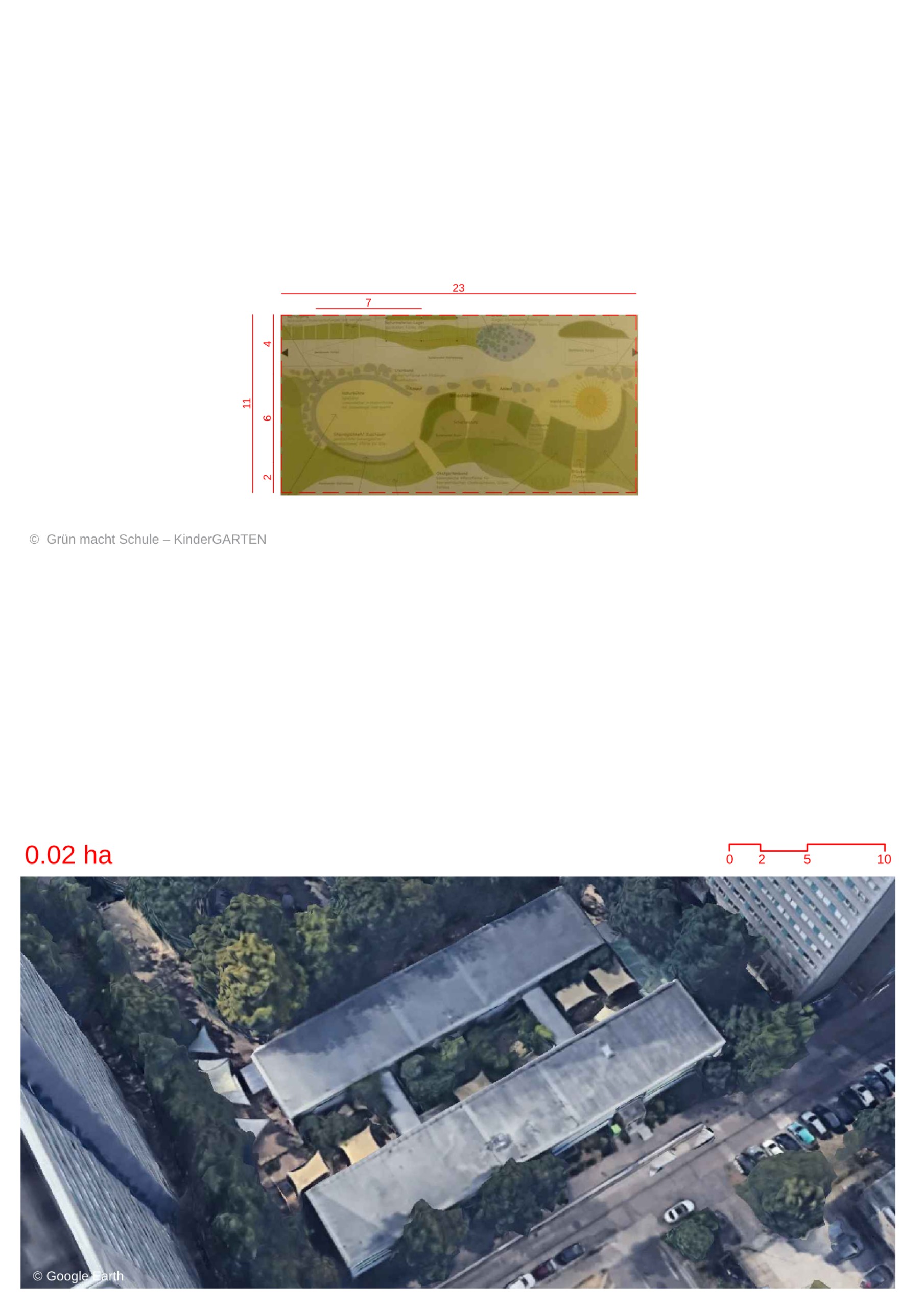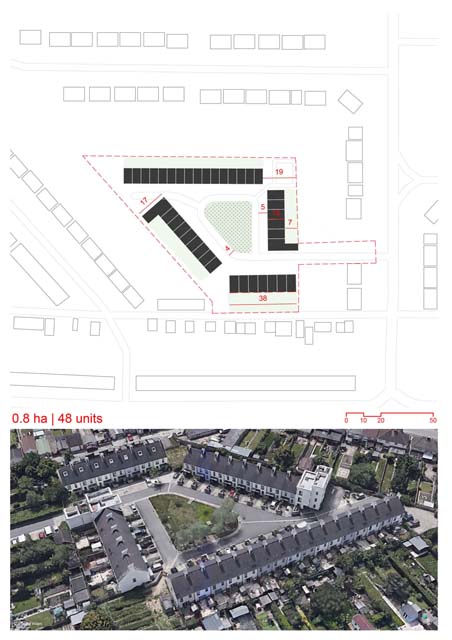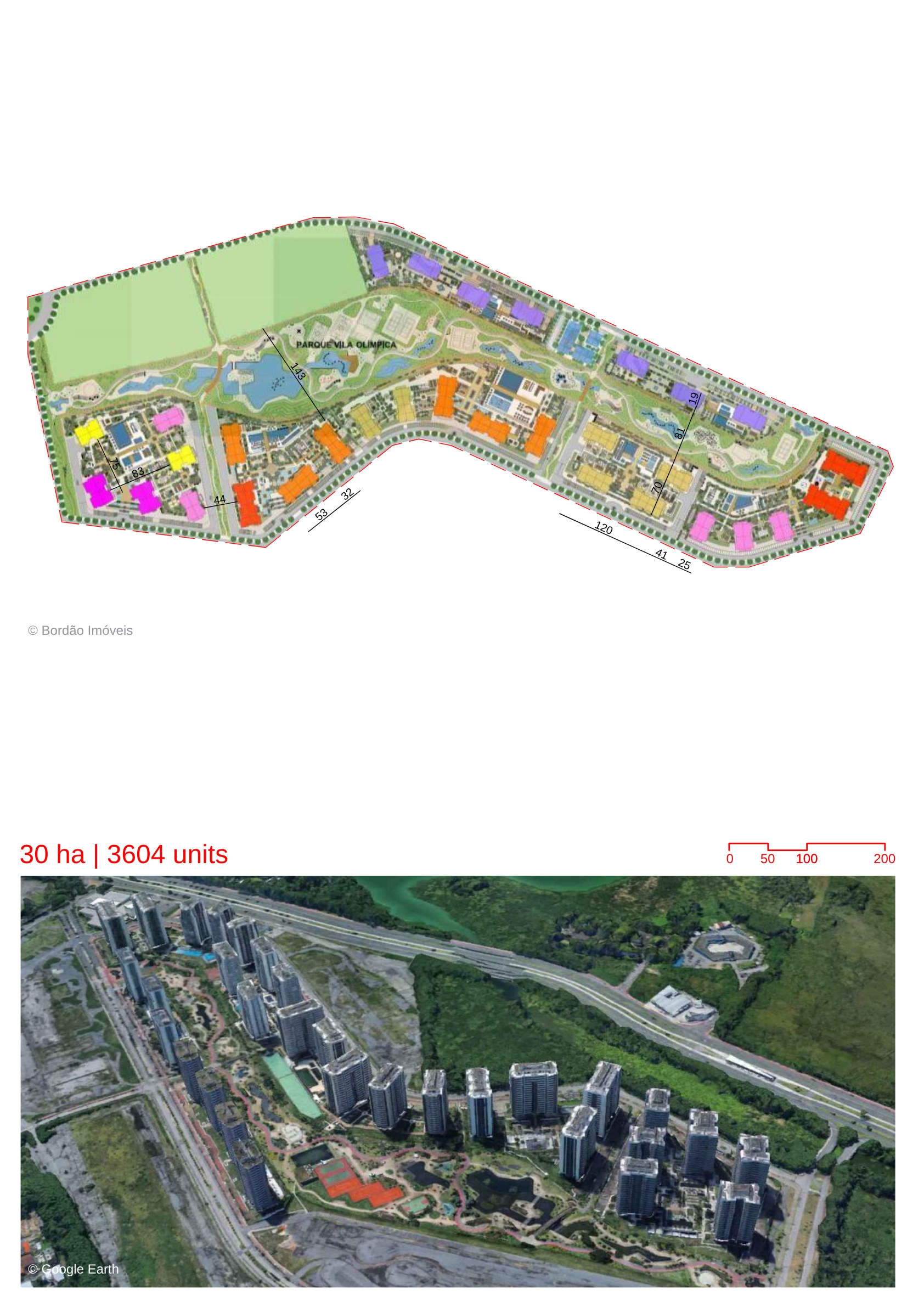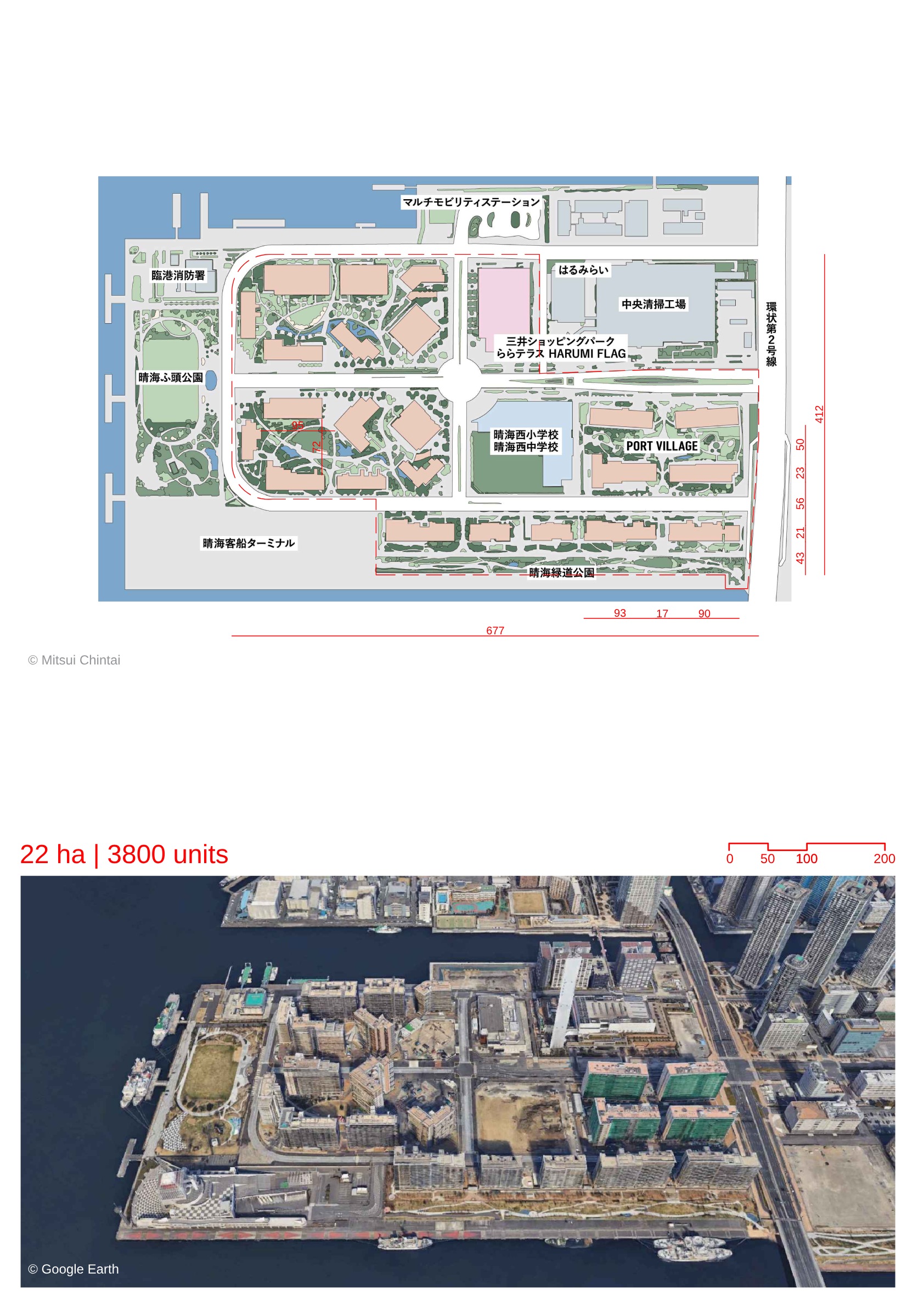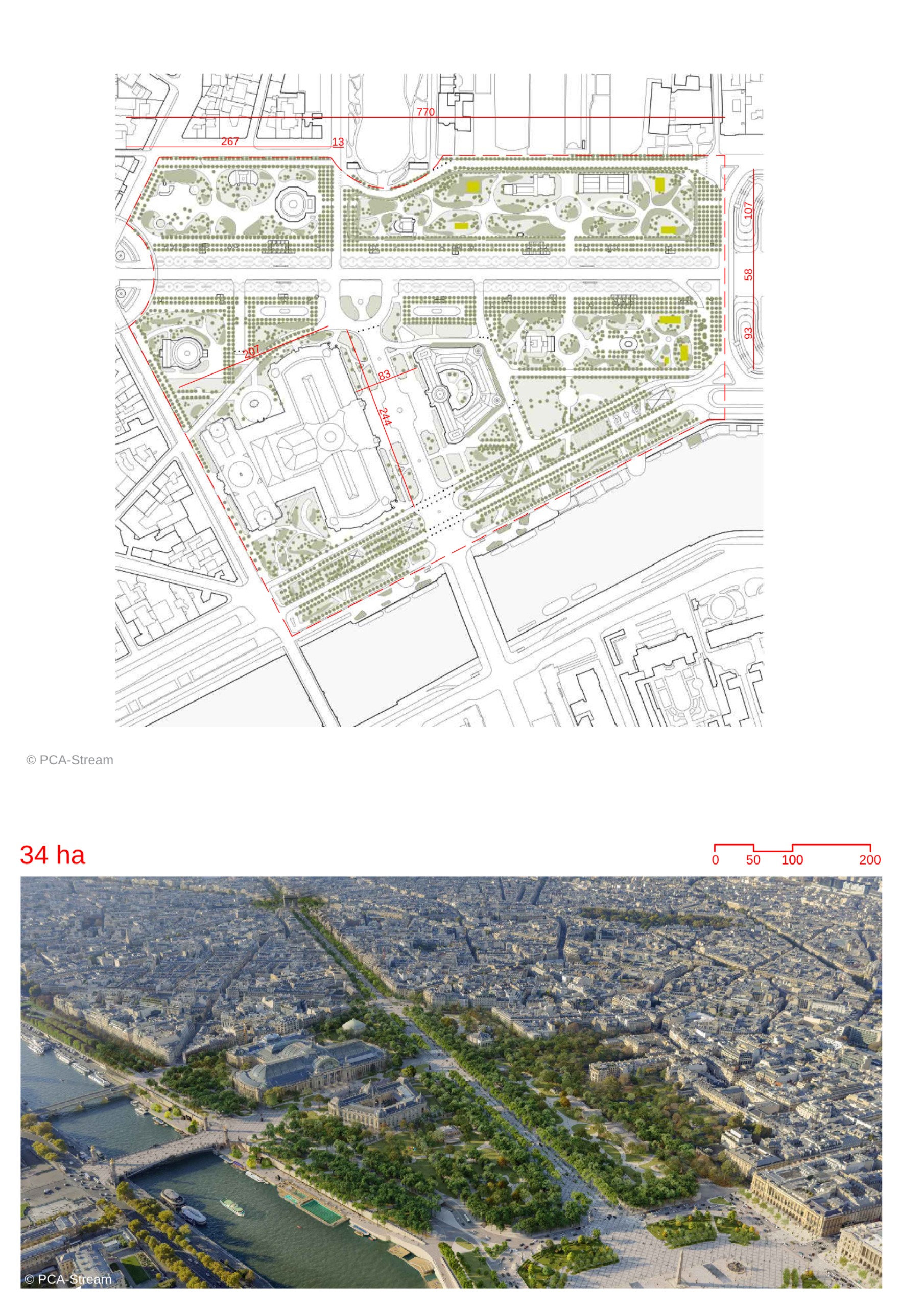
-The Comité Champs-Élysées initiated a study by PCA-STREAM to explore the future of the Champs-Élysées.The study aimed to connect the local context of the Champs-Élysées with broader contemporary urban issues. - The Champs-Élysées is an 8 km stretch of historical significance, representing 350 years of French history and urban planning.- It has a rich history of outdoor parties, promenades, and cultural activities, but its current relationship with Parisians is strained. The study links the boulevard's rejection by Parisians to issues such as overtourism, traffic, pollution, and overconsumption, which align with global concerns about the state of the planet. - The action plan focuses on four priorities: rethinking nature as an ecosystem, inventing new uses, reducing the impact of urban mobility, and utilizing data.- The plan aims to subdue the upper stretch by improving quality of use, reducing nuisances, and enhancing comfort for pedestrians. - The Étoile intersection is reimagined as a public plaza, and the reduction in vehicular traffic allows for a better promenade experience. - The lower stretch has potential for new green spaces and experiences, with a focus on fine cuisine, sports, well-being, arts, sciences, and family-friendly areas.- "Outdoor rooms" with greenery will be introduced, providing spaces for relaxation and breaks. - The ground level will be unified, magnified, and made more efficient, featuring increased pedestrian space for easier movement across the avenue and access to new services.- Biodiversity will be enhanced by incorporating climate-adapted plant species that provide shade and freshness, while respecting the original historical design. - New pathways and the covering of the tunnel feeder road will enable the extension of the gardens to the Seine, creating an extended green space. - It is being visualized as a sustainable, inclusive urban laboratory. - It encourages responsible co-design and the involvement of the private sector in the transformation of the urban environment.
